Back to Courses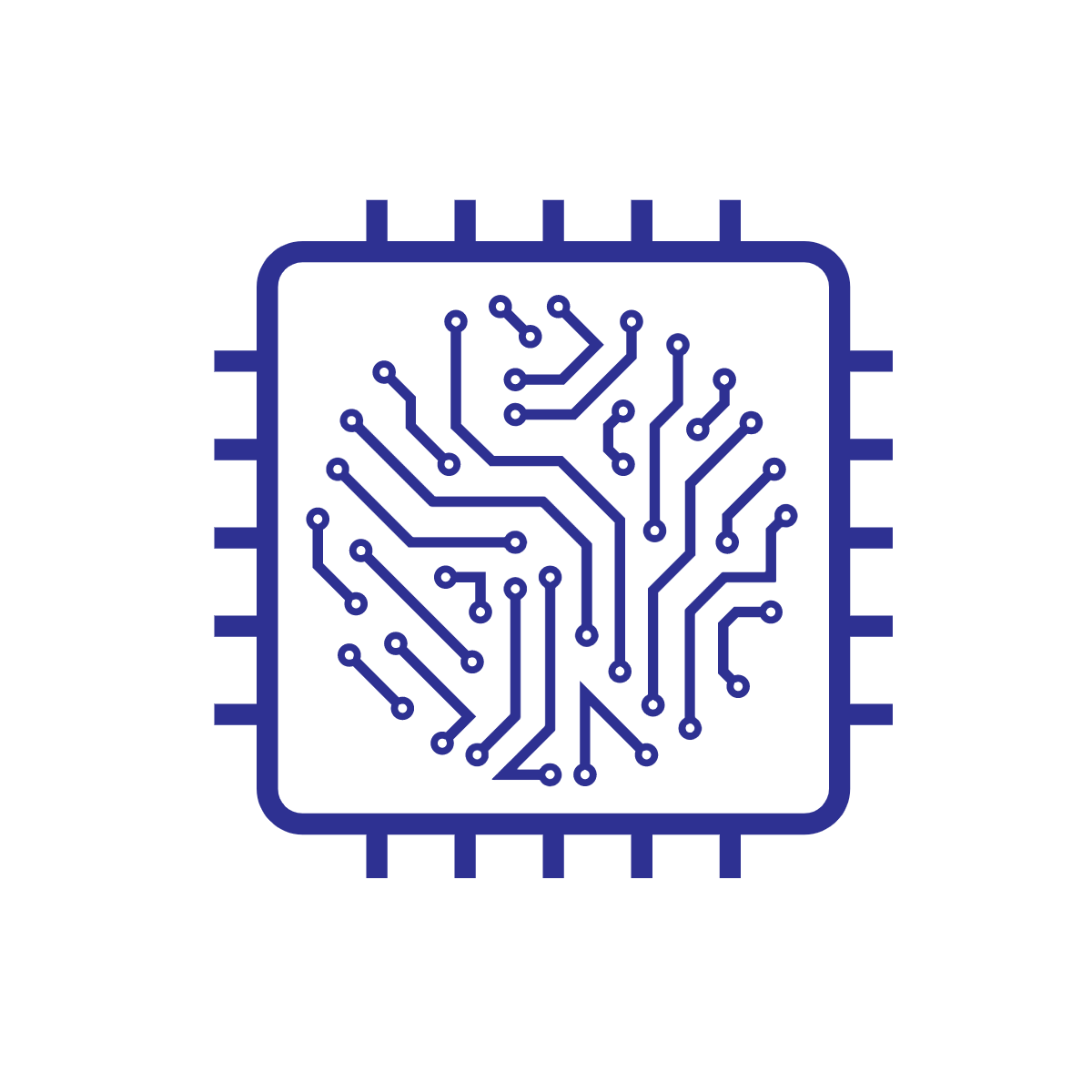
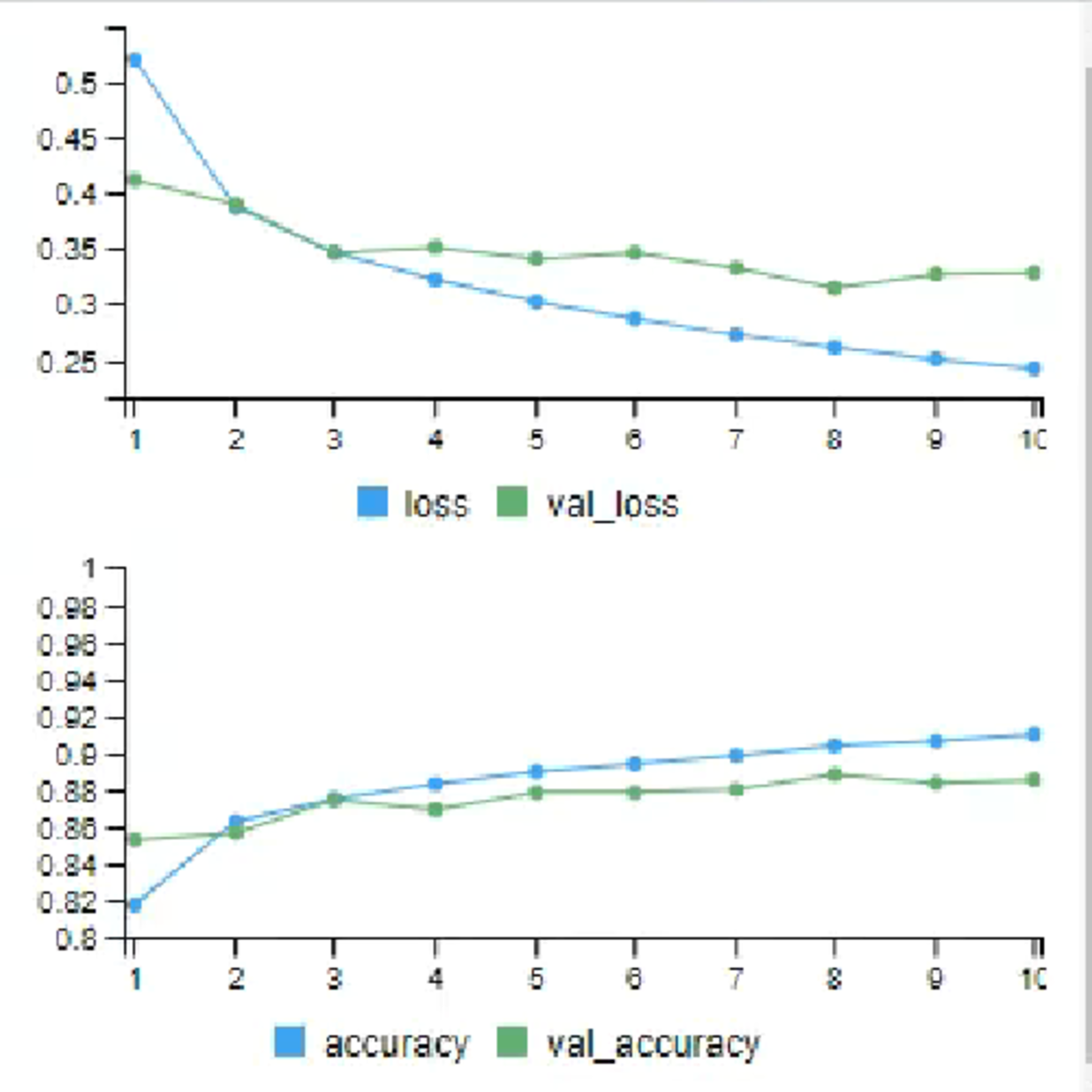

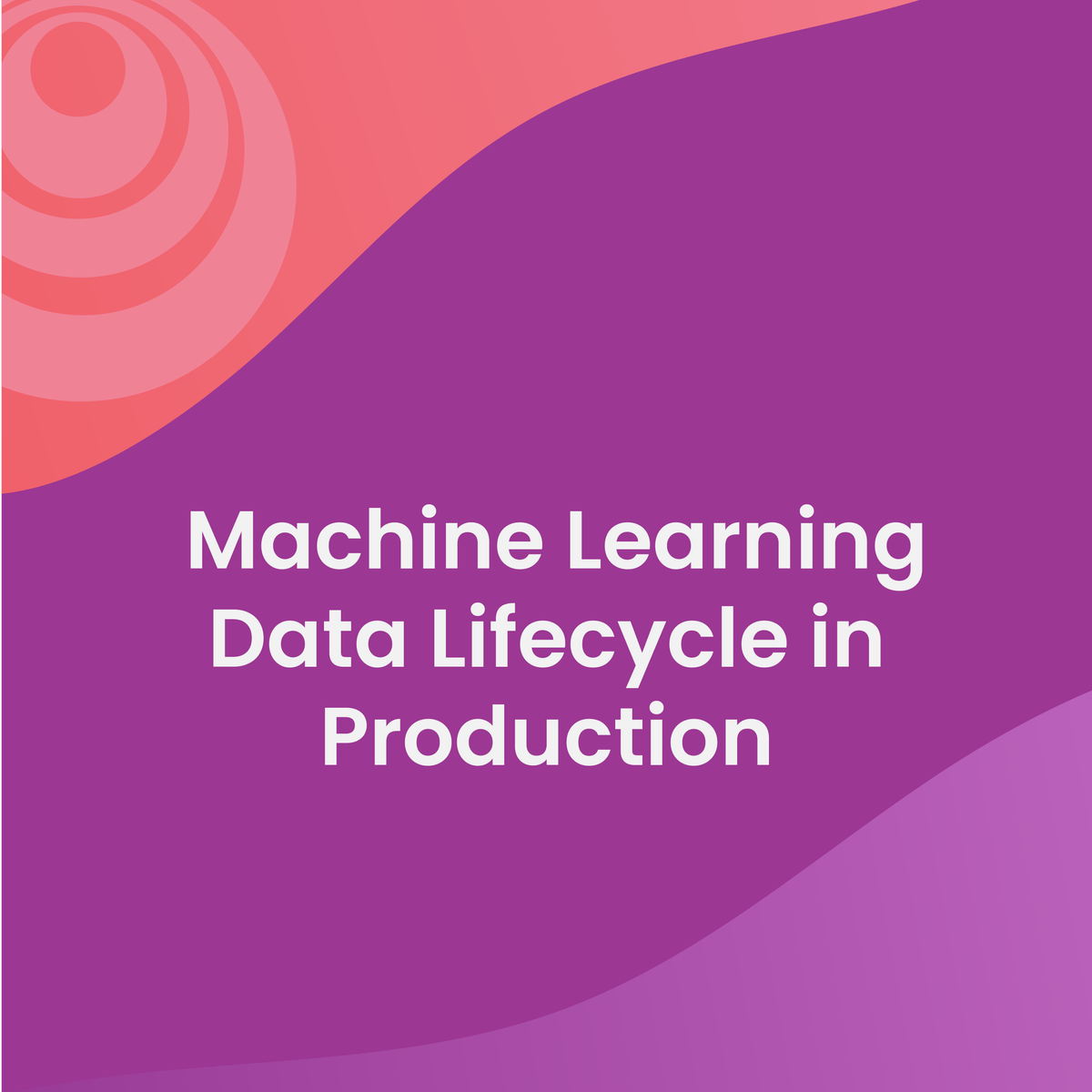
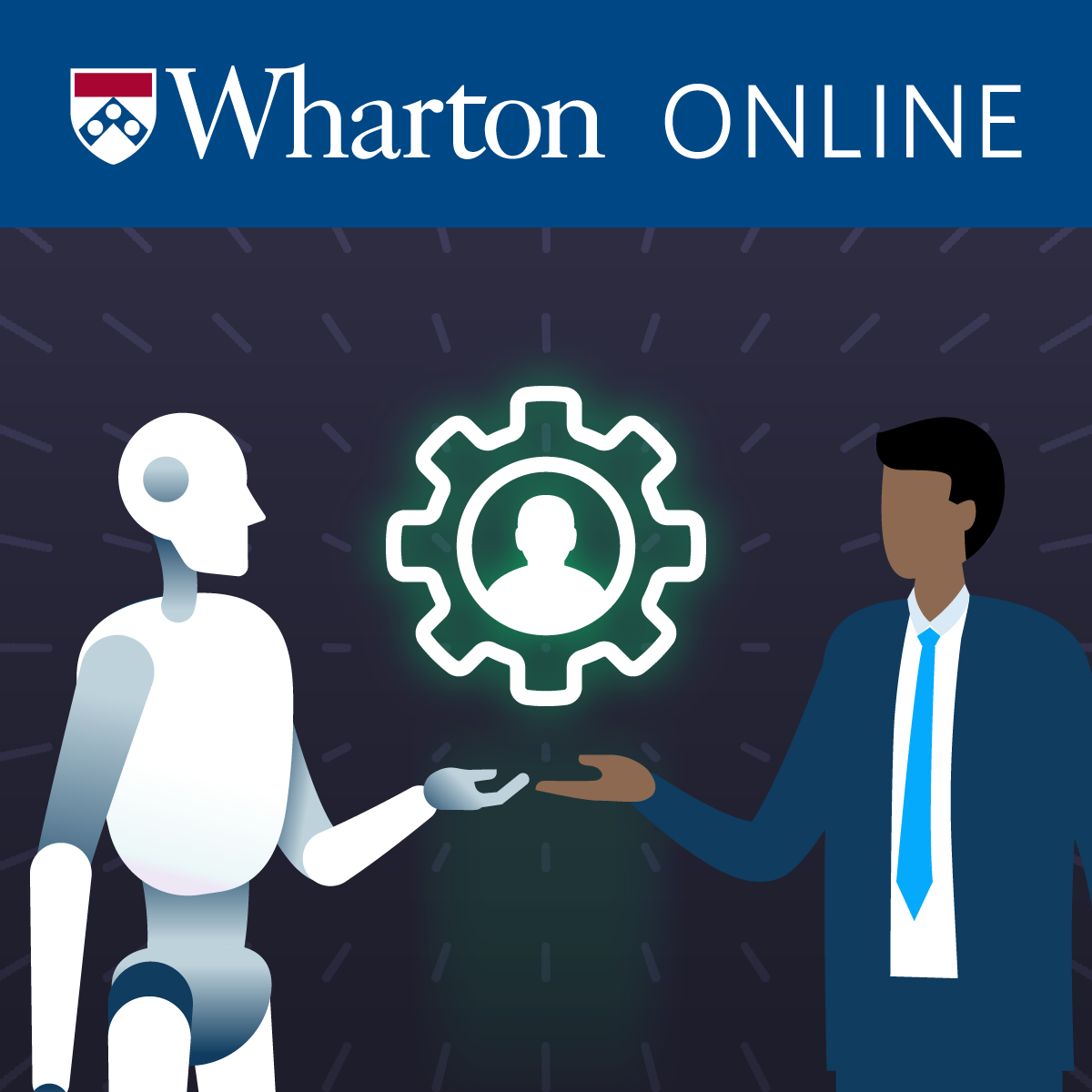
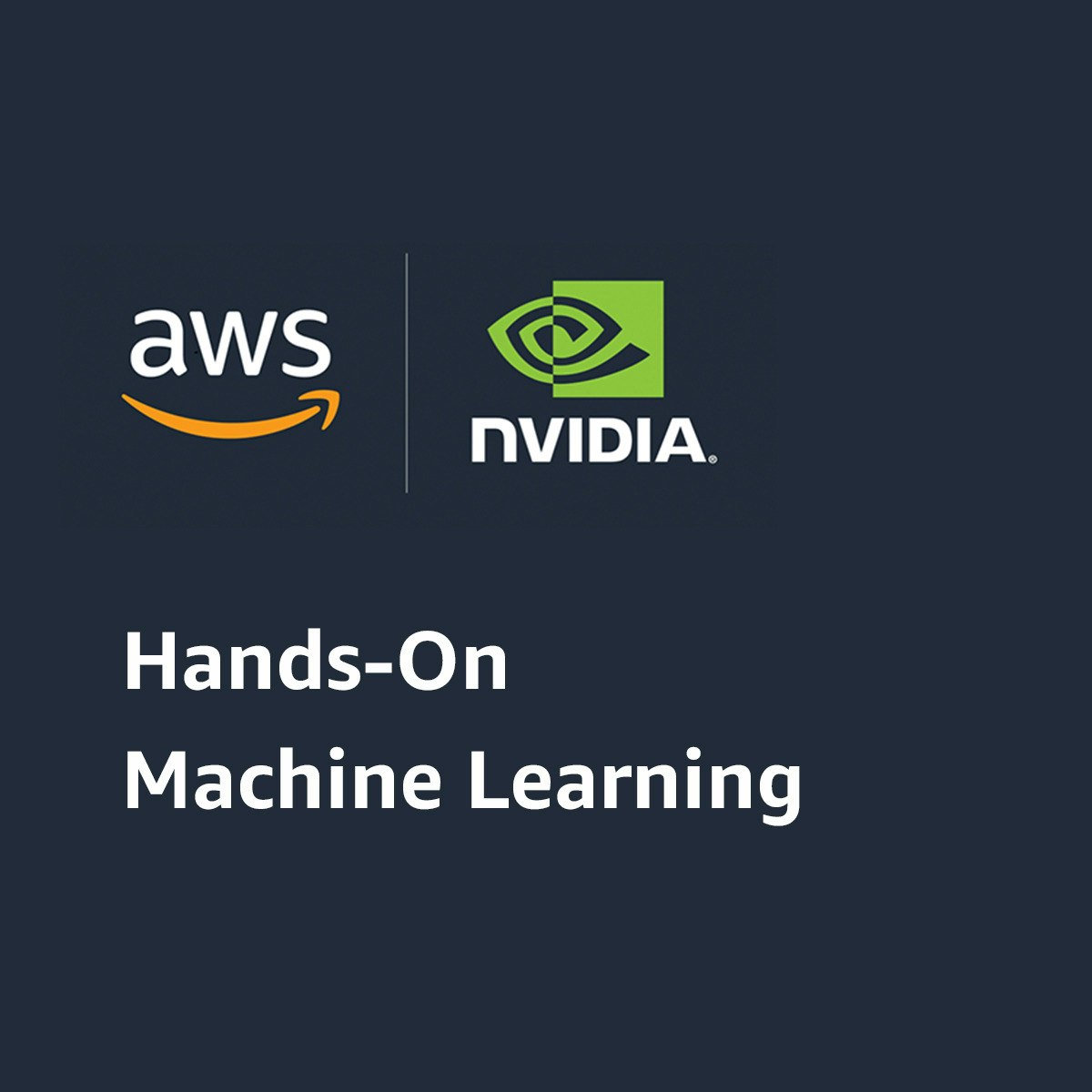

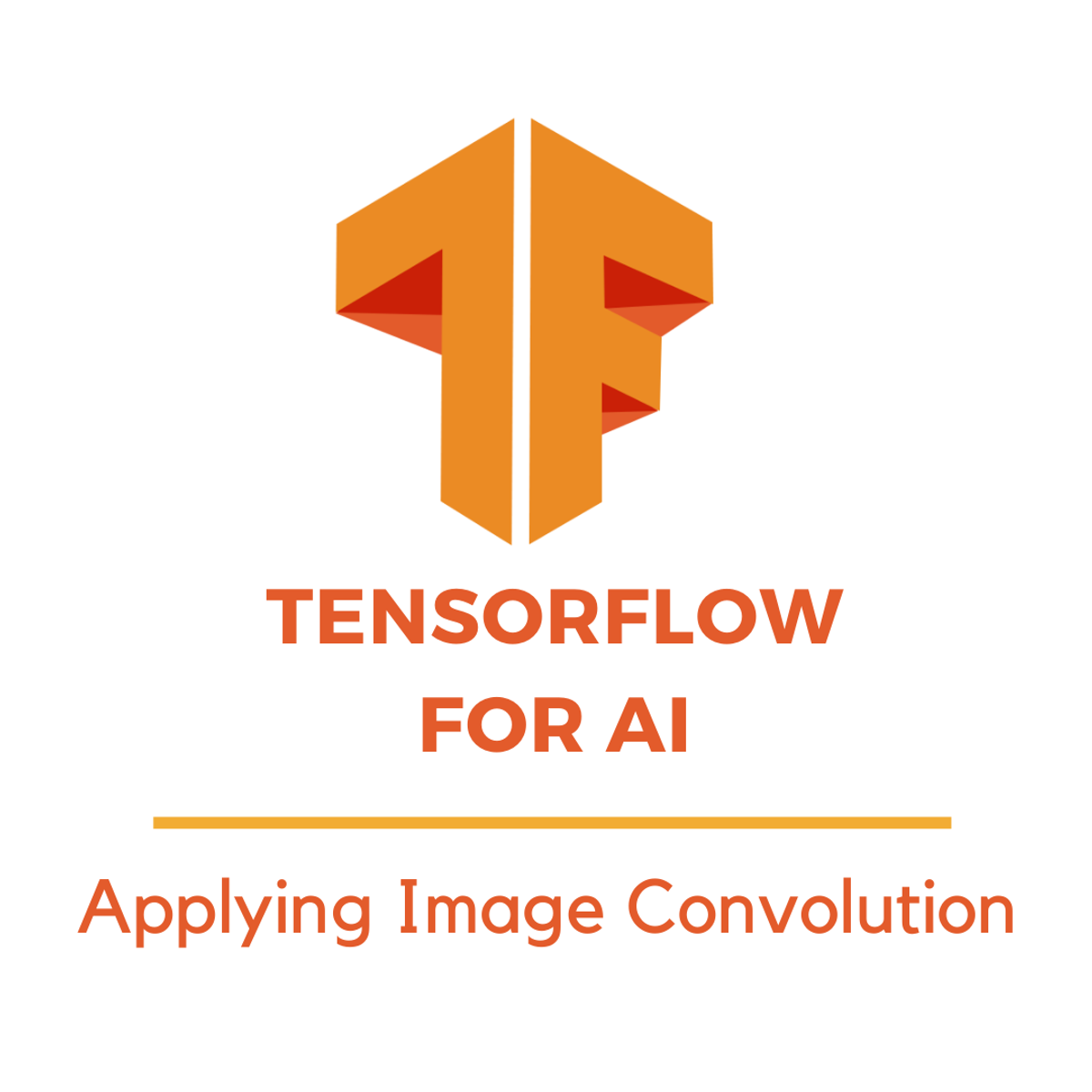

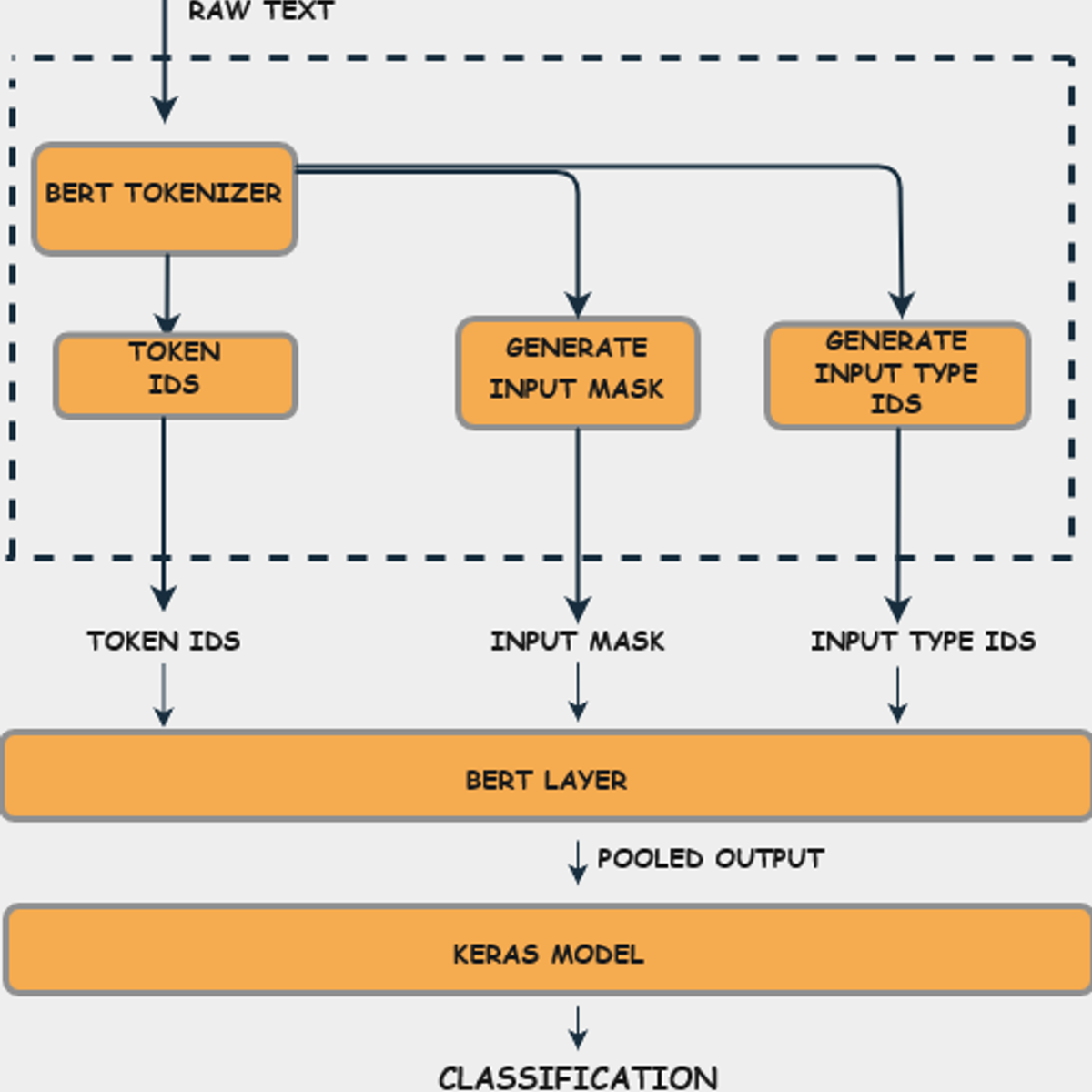
Machine Learning Courses - Page 45
Showing results 441-450 of 485

Machine Learning Models in Science
This course is aimed at anyone interested in applying machine learning techniques to scientific problems. In this course, we'll learn about the complete machine learning pipeline, from reading in, cleaning, and transforming data to running basic and advanced machine learning algorithms. We'll start with data preprocessing techniques, such as PCA and LDA. Then, we'll dive into the fundamental AI algorithms: SVMs and K-means clustering. Along the way, we'll build our mathematical and programming toolbox to prepare ourselves to work with more complicated models. Finally, we'll explored advanced methods such as random forests and neural networks. Throughout the way, we'll be using medical and astronomical datasets. In the final project, we'll apply our skills to compare different machine learning models in Python.

Build a Deep Learning Based Image Classifier with R
In this 45-min guided project, you will learn the basics of using the Keras interface to R with Tensorflow as its backend to solve an image classification problem. By the time you complete this project, you will have used the R programming language to build, train, and evaluate a neural network model to classify images of clothing items into categories such as t-shirts, trousers, and sneakers. We will be training the deep learning based image classification model on the Fashion MNIST dataset which contains 70000 grayscale images of clothes across 10 categories.
In order to be successful in this project, you should be familiar with R programming, and basics of neural networks.
Note: This course works best for learners who are based in the North America region. We’re currently working on providing the same experience in other regions.

Machine Learning Foundations: A Case Study Approach
Do you have data and wonder what it can tell you? Do you need a deeper understanding of the core ways in which machine learning can improve your business? Do you want to be able to converse with specialists about anything from regression and classification to deep learning and recommender systems?
In this course, you will get hands-on experience with machine learning from a series of practical case-studies. At the end of the first course you will have studied how to predict house prices based on house-level features, analyze sentiment from user reviews, retrieve documents of interest, recommend products, and search for images. Through hands-on practice with these use cases, you will be able to apply machine learning methods in a wide range of domains.
This first course treats the machine learning method as a black box. Using this abstraction, you will focus on understanding tasks of interest, matching these tasks to machine learning tools, and assessing the quality of the output. In subsequent courses, you will delve into the components of this black box by examining models and algorithms. Together, these pieces form the machine learning pipeline, which you will use in developing intelligent applications.
Learning Outcomes: By the end of this course, you will be able to:
-Identify potential applications of machine learning in practice.
-Describe the core differences in analyses enabled by regression, classification, and clustering.
-Select the appropriate machine learning task for a potential application.
-Apply regression, classification, clustering, retrieval, recommender systems, and deep learning.
-Represent your data as features to serve as input to machine learning models.
-Assess the model quality in terms of relevant error metrics for each task.
-Utilize a dataset to fit a model to analyze new data.
-Build an end-to-end application that uses machine learning at its core.
-Implement these techniques in Python.

Machine Learning Data Lifecycle in Production
In the second course of Machine Learning Engineering for Production Specialization, you will build data pipelines by gathering, cleaning, and validating datasets and assessing data quality; implement feature engineering, transformation, and selection with TensorFlow Extended and get the most predictive power out of your data; and establish the data lifecycle by leveraging data lineage and provenance metadata tools and follow data evolution with enterprise data schemas.
Understanding machine learning and deep learning concepts is essential, but if you’re looking to build an effective AI career, you need production engineering capabilities as well. Machine learning engineering for production combines the foundational concepts of machine learning with the functional expertise of modern software development and engineering roles to help you develop production-ready skills.
Week 1: Collecting, Labeling, and Validating data
Week 2: Feature Engineering, Transformation, and Selection
Week 3: Data Journey and Data Storage
Week 4: Advanced Data Labeling Methods, Data Augmentation, and Preprocessing Different Data Types

AI Applications in People Management
In this course, you will learn about Artificial Intelligence and Machine Learning as it applies to HR Management. You will explore concepts related to the role of data in machine learning, AI application, limitations of using data in HR decisions, and how bias can be mitigated using blockchain technology. Machine learning powers are becoming faster and more streamlined, and you will gain firsthand knowledge of how to use current and emerging technology to manage the entire employee lifecycle. Through study and analysis, you will learn how to sift through tremendous volumes of data to identify patterns and make predictions that will be in the best interest of your business. By the end of this course, you'll be able to identify how you can incorporate AI to streamline all HR functions and how to work with data to take advantage of the power of machine learning.

Hands-on Machine Learning with AWS and NVIDIA
Machine learning (ML) projects can be complex, tedious, and time consuming. AWS and NVIDIA solve this challenge with fast, effective, and easy-to-use capabilities for your ML project.
This course is designed for ML practitioners, including data scientists and developers, who have a working knowledge of machine learning workflows. In this course, you will gain hands-on experience on building, training, and deploying scalable machine learning models with Amazon SageMaker and Amazon EC2 instances powered by NVIDIA GPUs. Amazon SageMaker helps data scientists and developers prepare, build, train, and deploy high-quality ML models quickly by bringing together a broad set of capabilities purpose-built for ML. Amazon EC2 instances powered by NVIDIA GPUs along with NVIDIA software offer high performance GPU-optimized instances in the cloud for efficient model training and cost effective model inference hosting.
In this course, you will first get an overview of Amazon SageMaker and NVIDIA GPUs. Then, you will get hands-on, by running a GPU powered Amazon SageMaker notebook instance. You will then learn how to prepare a dataset for model training, build a model, execute model training, and deploy and optimize the ML model. You will also learn, hands-on, how to apply this workflow for computer vision (CV) and natural language processing (NLP) use cases. After completing this course, you will be able to build, train, deploy, and optimize ML workflows with GPU acceleration in Amazon SageMaker and understand the key Amazon SageMaker services applicable to computer vision and NLP ML tasks.

Build Image Quality Inspection using AWS Lookout for Vision
In this guided project, you will learn how to build automated image quality inspection using Amazon Lookout for Vision. Amazon Lookout for Vision is a Machine Learning as a Service from Amazon Web services which you could leverage to do Image Analytics and address interesting use cases such as drone detection, defect detection, object detection, smile detection, fall detection without writing a single line of code.
Please note: As part of this course, you would need your AWS Account to complete the course. It would be charged as per your usage of AWS Lookout for Vision service.

TensorFlow for AI: Applying Image Convolution
This guided project course is part of the "Tensorflow for AI" series, and this series presents material that builds on the first course of DeepLearning.AI TensorFlow Developer Professional Certificate, which will help learners reinforce their skills and build more projects with Tensorflow.
In this 1.5-hour long project-based course, you will discover convolutions, apply filters to images, apply pooling layers, and try out the convolution and pooling techniques on real images to learn about how convolutions work. At the end of the project, you will get a bonus deep learning project implemented with Tensorflow. By the end of this project, you will have learned how convolutions work and how to create convolutional layers to prepare for your own deep learning projects using convolutional neural networks.
This class is for learners who want to use Python for building convolutional neural networks with TensorFlow, and for learners who are currently taking a basic deep learning course or have already finished a deep learning course and are searching for a knowledge-based course about convolutions in images with TensorFlow. Also, this project provides learners with needed knowledge about building convolutional neural networks and improves their skills in applying filters to images which helps them in fulfilling their career goals by adding this project to their portfolios.

Deploy an NLP Text Generator: Bart Simpson Chalkboard Gag
Welcome to the “Deploy an NLP Text Generator: Bart Simpson Chalkboard Gag” guided project.
Text Generation is a natural language technique that leverages language modeling to create or predict new text based on texts it has been trained on. An example of text generation can be identified in the Gmail sentence autocomplete feature.
In this project, we will deploy an NLP text generator model as a python Streamlit app. The model, which has been trained on all the text from Bart Simpsons chalkboard gag from the Simpsons, will be able to autogenerate new chalkboard gags.
This project is an intermediate python project for anyone interested in learning about how to productionize natural language text generator models as a Streamlit app on Heroku. It requires preliminary knowledge on how to build and train NLP text generator models (as we will not be building or training models) and how to utilize Git. Learners would also need a Heroku account and some familiarity with the Python Streamlit module.
At the end of this project, learners will have a publicly available Streamlit web app that leverages natural language processing text generation to generate new text for Bart Simpsons' chalkboard gags.

Fine Tune BERT for Text Classification with TensorFlow
This is a guided project on fine-tuning a Bidirectional Transformers for Language Understanding (BERT) model for text classification with TensorFlow. In this 2.5 hour long project, you will learn to preprocess and tokenize data for BERT classification, build TensorFlow input pipelines for text data with the tf.data API, and train and evaluate a fine-tuned BERT model for text classification with TensorFlow 2 and TensorFlow Hub.
Prerequisites:
In order to successfully complete this project, you should be competent in the Python programming language, be familiar with deep learning for Natural Language Processing (NLP), and have trained models with TensorFlow or and its Keras API.
Note: This course works best for learners who are based in the North America region. We’re currently working on providing the same experience in other regions.
Popular Internships and Jobs by Categories
Find Jobs & Internships
Browse
© 2024 BoostGrad | All rights reserved